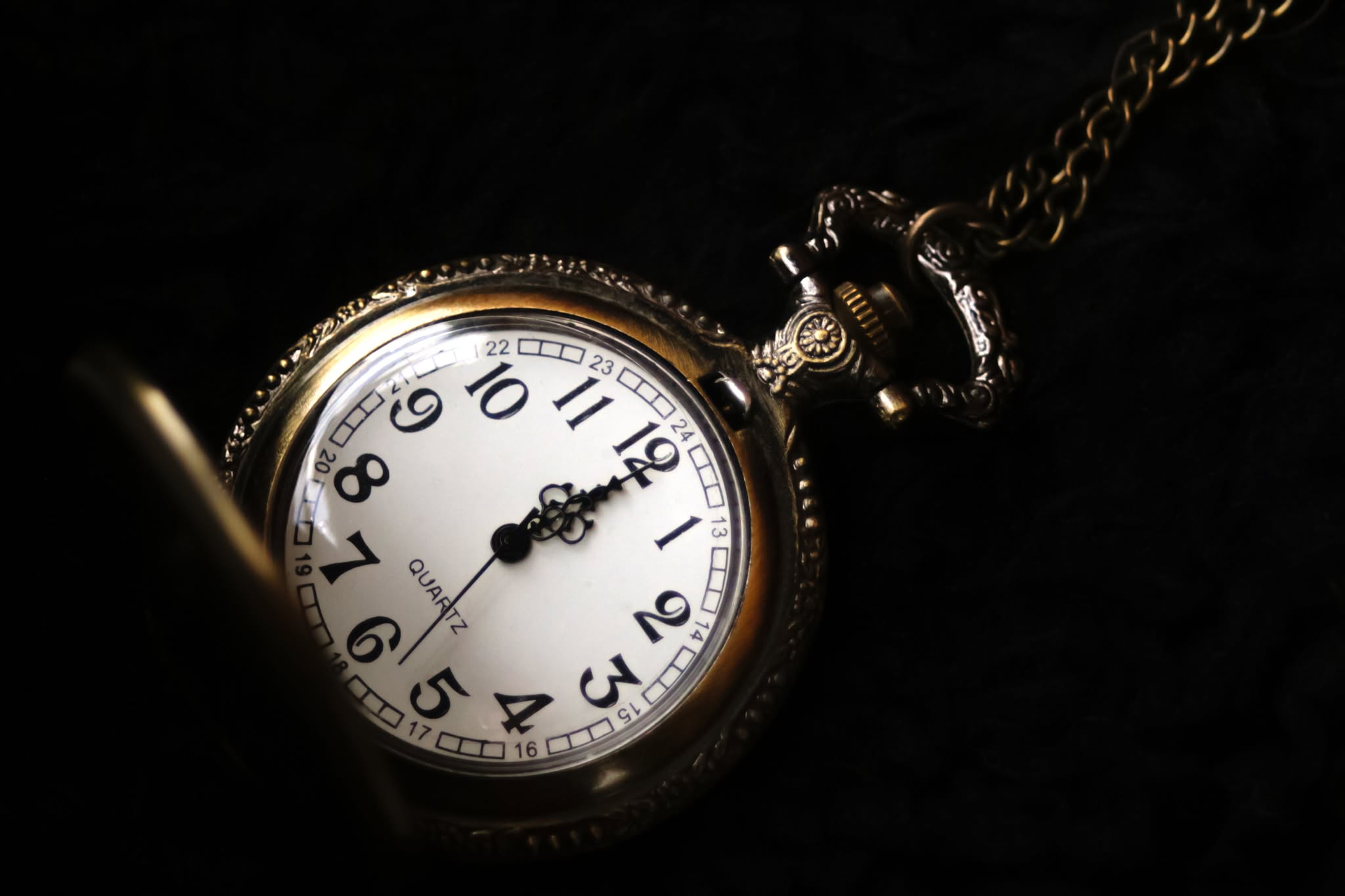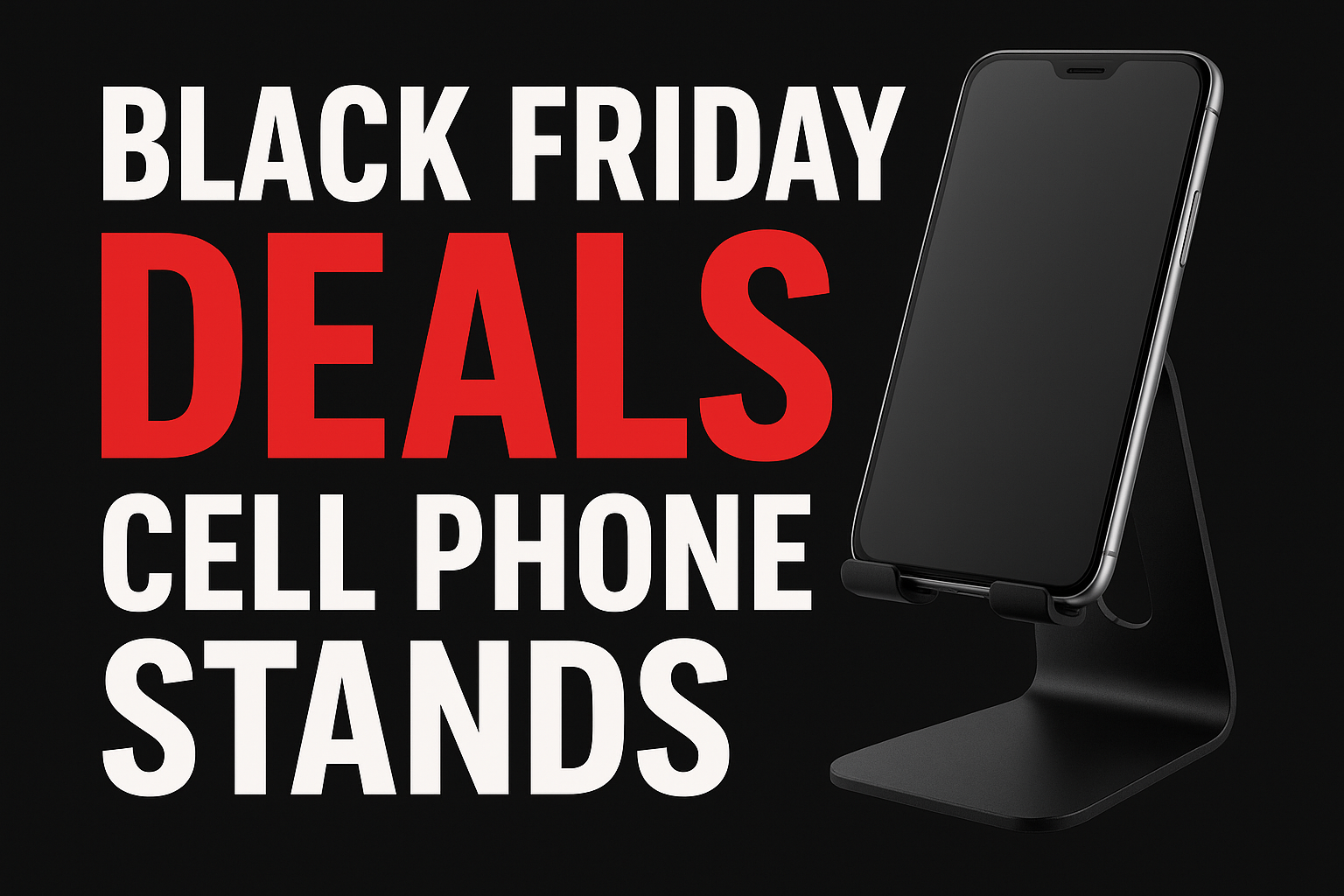Buy Affordable Pocket Watches on Fazter

Pocket watches have been a symbol of sophistication, tradition, and functionality for centuries. These classic timepieces, often passed down through generations, are not just tools for telling time; they’re also statements of style and heritage. If you’re looking to learn more about pocket watches, their features, uses, and why they remain popular, this guide is for you.
Why Choose a Pocket Watch?
A pocket watch is more than just a way to tell time. It’s a piece of history that combines elegance and practicality. Whether you’re a collector, a history enthusiast, or simply someone who appreciates timeless fashion, a pocket watch can make a unique addition to your accessories.
Style Statement: A pocket watch adds a touch of vintage charm to any outfit.
Unique Gift: Pocket watches make meaningful gifts for special occasions.
Durable Design: These watches are built to last, often crafted with high-quality materials.
Conversation Starter: Carrying a pocket watch is uncommon today, making it an excellent icebreaker.
Types of Pocket Watches
Open-Face Pocket Watches:
These have no cover over the dial, making it easy to check the time at a glance.
Popular for their sleek and minimalist design.
Hunter-Case Pocket Watches:
Feature a hinged cover to protect the watch face.
Often engraved with intricate patterns or personalized messages.
Double-Hunter Pocket Watches:
Have covers on both sides, allowing you to view the dial and movement.
Ideal for those who love detailed craftsmanship.
Skeleton Pocket Watches:
Showcase the internal mechanics of the watch through a transparent dial.
Perfect for enthusiasts who appreciate intricate engineering.
Quartz Pocket Watches:
Operate with battery-powered quartz movements.
Known for their accuracy and low maintenance.
Mechanical Pocket Watches:
Require manual winding.
Valued for their craftsmanship and traditional design.
Features of Pocket Watches
Pocket watches come with various features that make them stand out:
High-Quality Materials: Crafted from stainless steel, gold, or silver for durability and elegance.
Engraving Options: Many pocket watches can be personalized with names, dates, or designs.
Chain Attachments: Most pocket watches include a chain for secure and stylish carrying.
Roman or Arabic Numerals: Different styles to suit personal preferences.
Water Resistance: Some modern pocket watches offer water resistance for added durability.
Technical Specifications of Pocket Watches
Here are the key technical details you should consider when purchasing a pocket watch:
Movement: Quartz or mechanical (manual/automatic).
Case Material: Stainless steel, gold-plated, or silver.
Dial Design: Roman numerals, Arabic numerals, or skeleton.
Chain Length: Typically ranges from 12 to 15 inches.
Weight: Lightweight options for daily use and heavier designs for special occasions.
Crystal Type: Mineral glass or sapphire crystal for scratch resistance.
Size: Commonly between 40mm and 55mm in diameter.
Power Reserve: Mechanical watches usually have a reserve of 24-48 hours.
How to Choose the Right Pocket Watch
Determine Your Budget: Pocket watches range from affordable to luxury models.
Decide on the Movement: Choose between quartz for precision or mechanical for tradition.
Select a Style: Decide if you prefer an open-face, hunter-case, or skeleton design.
Consider Personalization: Look for options that can be engraved for a personal touch.
Check the Brand: Opt for reputable brands known for quality craftsmanship.
Caring for Your Pocket Watch
To ensure your pocket watch lasts for years:
Regular Cleaning: Wipe the case and chain with a soft cloth.
Avoid Water Exposure: Unless water-resistant, keep your watch dry.
Store Properly: Use a protective case or pouch to prevent scratches.
Wind Carefully: If it’s a mechanical watch, wind it gently.
Periodic Maintenance: Have your watch serviced by a professional every few years.
FAQs About Pocket Watches
1. What is the difference between a quartz and a mechanical pocket watch? Quartz pocket watches use battery-powered movements, making them more accurate and low maintenance. Mechanical watches, on the other hand, require manual winding and are prized for their traditional craftsmanship.
2. Are pocket watches still in fashion? Yes, pocket watches are experiencing a resurgence as vintage and retro styles become popular. They’re often used as statement pieces or gifts for special occasions.
3. Can I wear a pocket watch with casual attire? Absolutely! While they’re often associated with formalwear, pocket watches can add a unique touch to casual outfits as well.
4. How do I attach a pocket watch chain? Pocket watch chains can be attached to a belt loop, vest, or jacket. The other end secures the watch to prevent loss.
5. Are pocket watches valuable? Some pocket watches, especially vintage or antique models, can be highly valuable depending on their brand, age, and condition.
Why Buy a Pocket Watch?
A pocket watch is more than just a timepiece. It’s a blend of functionality, art, and history. Whether you’re looking for a stylish accessory, a collector’s item, or a thoughtful gift, a pocket watch is an excellent choice.
Timeless Design: Pocket watches never go out of style.
Durable Craftsmanship: Built to withstand the test of time.
Memorable Gifts: Ideal for weddings, anniversaries, or graduations.
Collectible Value: Vintage pocket watches can become treasured heirlooms.
Conclusion
Pocket watches are more than just tools for telling time; they’re expressions of personal style and a connection to the past. With a wide range of designs, movements, and features, there’s a pocket watch for everyone. Whether you’re starting your collection or looking for the perfect gift, investing in a pocket watch is a decision you won’t regret.














